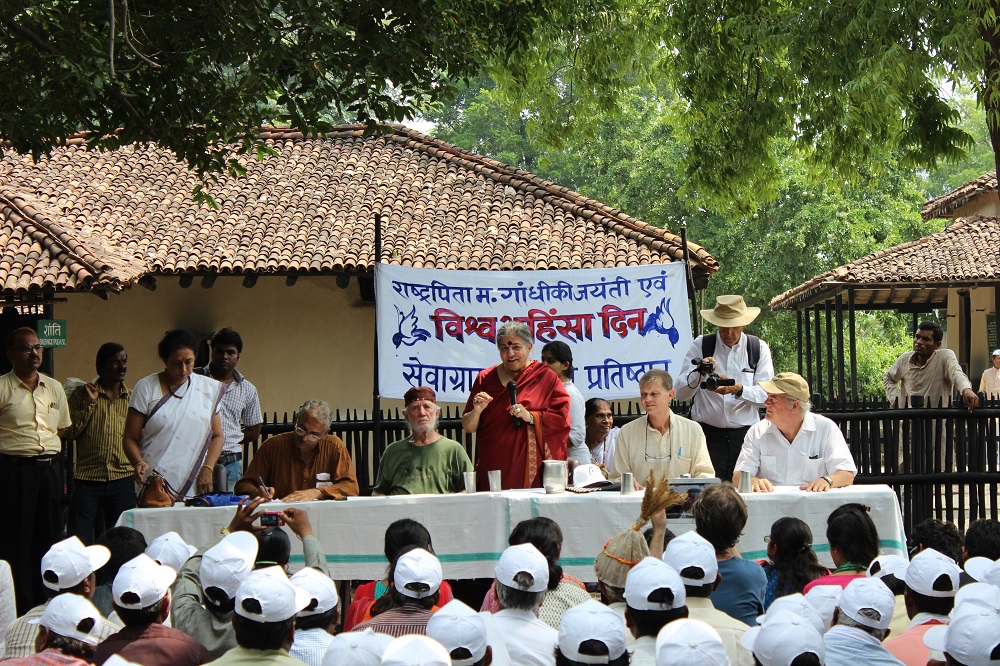Farmers are Capitalizing on Carbon Sequestration: How Much is Your Carbon-Rich Soil Worth?
Author: Brian Barth
Carbon farming—a catch-all phrase to describe the cultivation techniques that take carbon dioxide out of the atmosphere (where it causes global warming) and convert it into carbon-based compounds in the soil that aid plant growth—has long been touted as a way to enlist farmers in the fight against climate change. Thanks to the growing market for carbon sequestration, farmers could soon stand to profit from such good deeds.
Environmentally-minded farmers are well aware that building up soil carbon is one key to achieving high yields without chemical inputs. It’s through the expansion of global carbon markets, however, where polluting corporations purchase “carbon credits” to offset their carbon emissions, that farmers are starting to get paid for adopting these practices.
When these polluters purchase carbon credits, the money goes to another company, organization, or project that has prevented an equivalent amount of carbon dioxide or other greenhouse gases (GHGs) from entering the atmosphere (which can include a farmer). The transaction is mitigated by a broker, called a carbon registry. In the past, wind farms, solar panel facilities, and reforestation projects were among the most common recipients of carbon credits, but farm-based carbon credits are becoming more widely available. Notably, Australia, Alberta, Kenya, and California now have active programs to reward on-farm carbon sequestration.
Measuring the actual amount of carbon sequestered in soil and plants is a costly and inexact science, which is one reason that farm-based approaches haven’t been widely accepted by carbon credit programs yet. (It’s much easier to quantify reduced carbon emissions with things like solar power.) Rather than measuring the carbon sequestered on each farm, carbon credit programs rely on the average carbon sequestration ability of particular practices (like adding organic matter to the soil, planting cover crops, and reducing soil disturbance) that have been tested over time and scientifically verified. The bottom line is that farmers aren’t expected to calculate their own soil carbon levels—it’ll be inferred by the credit-granting organization based on their farming practices.
To help farmers get an idea of their current climate impacts and prospects for earning carbon credits, however, the USDA now has a free web-based tool called COMET-Farm, which provides an approximate carbon footprint based on user-supplied data and allows farmers to apply different land management scenarios to see which has the greatest carbon sequestering ability.
So how much might a farmer make for their soil carbon? Not much, at least not yet.
Here is how it works: Land-based carbon sequestration is measured in metric tons per hectare (2.5 acres); one metric ton earns one carbon credit, making the math easy. In California—the only state in the US with a full-fledged cap-and-trade program—the current value of a carbon credit is around $12 to $13. (Farmers in other states, by the way, are eligible to earn credits through the California carbon market.) Alberta, which has the most robust carbon market in Canada and rewards several agricultural practices with carbon credits, raised the price of carbon credits from $15 to $20 on January 1, 2016; in 2017, the price will go up to $30 per credit.

